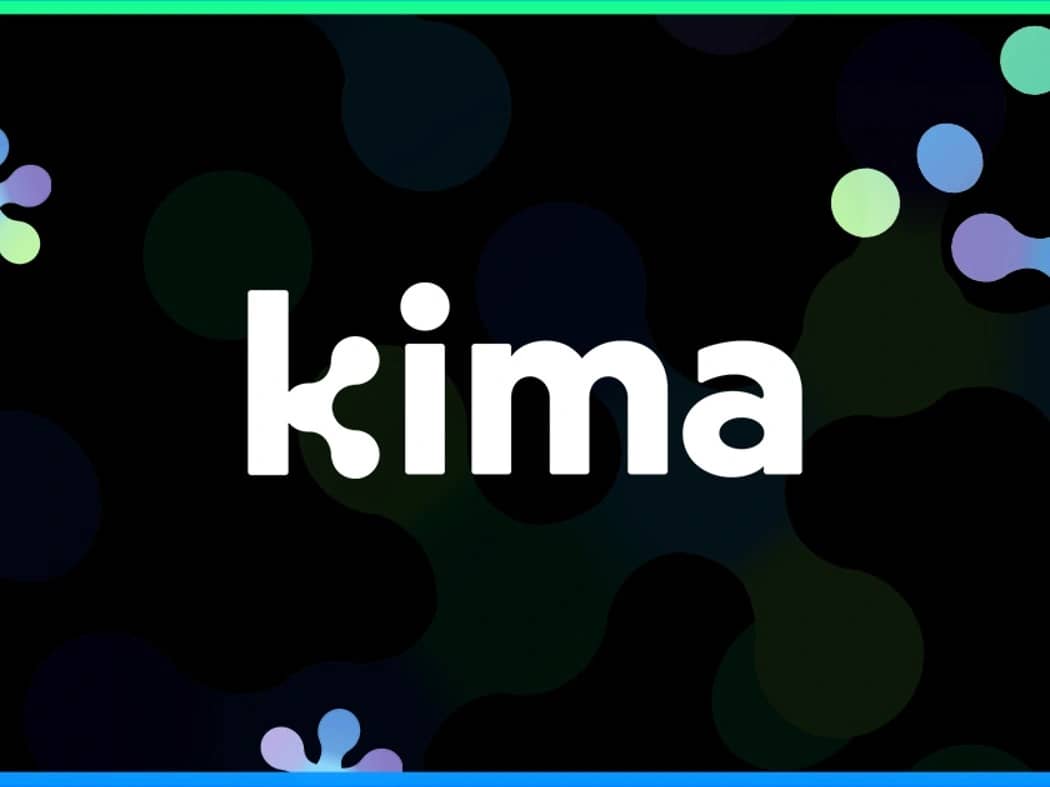Subscribe to wiki
Share wiki
Bookmark
Kima Network
The Agent Tokenization Platform (ATP):Build autonomous agents with the Agent Development Kit (ADK)
Kima Network
The Kima Network is a decentralized settlement protocol that addresses fragmentation in the crypto and financial sectors. It introduces the Smart Transaction primitive and an SDK compatible with Web3 and Web 2.0 applications, enabling interchain and hybrid transactions. Kima’s settlement layer supports various financial services, including multi-ecosystem payments, cross-chain DEX swaps, and omnichannel wallets, offering a secure and accessible bridge between fiat and crypto. [1]
Overview
Kima, formerly Diversifi, is a tech-driven crypto asset management platform for institutions, including investment banks, funds, brokers, and corporations with crypto holdings. It provides risk-mitigation strategies for digital currency investments through features like sophisticated hedging, regulated frameworks, and environmentally conscious investment options. Kima's investment tools work across multiple blockchains, including products such as Structured Crypto strategies, Smart Hedges, Balanced Portfolios, and carbon offsetting Green Crypto initiatives. The platform's Protected BTC strategy helps investors manage bitcoin volatility by offering loss protection in exchange for a portion of potential profits. [2][3]
Features
Kima Blockchain
Kima is a blockchain designed to solve interoperability issues without creating additional liquidity fragmentation. It enables cross-chain atomic swaps without token-wrapping, maintaining liquidity pools across multiple layer-1 blockchains like Ethereum, Polygon, and Solana. Built using the Cosmos SDK, Kima uses a committee-based consensus mechanism with rotating wardens who monitor and authorize cross-chain transactions through threshold signature schemes. The blockchain's architecture is permissioned and permissionless, balancing security and decentralization. Its main functions include managing warden committees, executing governance, maintaining auditable records, and enabling cross-chain messaging. The warden committee handles cross-chain transfers, ensuring secure and accountable transactions and validators' misbehavior is subject to penalties. The consensus and infrastructure draw from proven Cosmos-based systems such as Axelar and Thorchain. [4]
Kima Platform
The Kima platform offers cross-chain interoperability without synthetic or wrapped tokens. It maintains liquidity pools on layer-1 blockchains (e.g., Bitcoin, Ethereum, Terra, Solana). When users wish to transfer assets (e.g., USDC) between chains, they deposit USDC into Kima's pool on one chain and withdraw it from Kima's pool on the destination chain. The Kima blockchain oversees and synchronizes these transactions using a committee-based consensus, with rotating wardens ensuring that transfers between pools are properly validated. Threshold signature schemes (TSS) secure the process, with wardens operating within a Trusted Execution Environment. [5]
Threshold Signatures
Threshold signature schemes (TSS) enable participants, or cosigners, to collectively generate and control a secret signing key for a digital signature. A predefined threshold of participants must cooperate to generate a valid signature that appears identical to one created with a single key. In TSS, participants hold key shares and collaborate to sign messages, while multisig systems involve each cosigner holding a separate key with signatures aggregated by a smart contract. TSS involves two key protocols: Distributed Key Generation, where each participant receives a private key share, and Distributed Signature Generation, where these shares are used to produce a signature. The scheme's security comes from its threshold property, which ensures that even if some participants' key shares are compromised, the underlying secret remains protected, especially with periodic re-randomization. This prevents adversaries from accumulating knowledge of the full secret key over time. [5]
KIMA
The KIMA utility token model supports the protocol by securing the blockchain, incentivizing liquidity providers and validators, and enabling the decentralized settlement layer. It aims to enhance the platform's efficiency and utility. After the token sale, $KIMA will initially have limited functionality, with additional features rolled out incrementally as development progresses. [6]
Partnerships
- Stage
- Forward
- Unich
- GT Protocol
- Whistle
- Definity
- Penomo
- Gabby World
- Plena
- Kita
- BEVM
- Nika Labs
- Trikon
- Fuse
- Synapse
- Hybrid
- Pastel
- Massa
- Klink
- WalletX
- Orochi
- Oraichain
- Glyph
- Lumoz
- Blazpay
- WOW EARN
- ElectroWizy
- Gate.io
- Port3
- Hooked
- DeGuard
- TrintyPad
- Attractor
- 3VO
- Aethir
- FoxWallet
- Nitrodome
- iLuminaryAI
- Tea-Fi
- Fizen
- Monitok
- Script Network
- Atleta
- Tilted
- Zo.Me
- Areon
- ZkAGI
- HyperGPT
See something wrong?
The Agent Tokenization Platform (ATP):Build autonomous agents with the Agent Development Kit (ADK)
